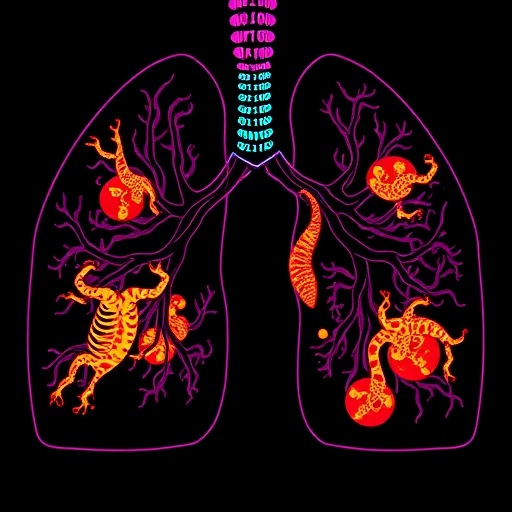Technological revolution means robots no longer are the song of the future. The Governor of the Bank of England predicts today that up to half of British workforce face redundancy in the imminent 'second machine age'. No wonder, the research of multi-robot systems generates serious buzz both for promising (albeit at times scary) results and for their application prospects in the real world.
According to a leading American roboticist Ken Goldberg, people are fascinated with robots because robots reflect people. And hardly anything defines humans better indeed than their ability to communicate. Recent progress in programming, language processing and machine learning allows robot to display more and more complex communication abilities. Underlying these advances are solutions to significant problems of different origins, including mechanical design, sensing technologies, maintenance and power sources. With improved efficiency and the elimination of a single point of failure, multiple robots outperform single robots in domains that require greater capability and knowledge and can duly interact with each other, sharing information and executing tasks.
But how the multi-robot system is supposed to handle increasingly complex and precise tasks? One fairly obvious answer to this question lies within the implementation of an innovative algorithm, which would expand communicational capabilities for multi-robot collaborative task. For the system to work, it needs to be less prone to error, fast, and reliable comparing to the any other, including, human approaches.
A ground-breaking research conducted by the Moscow Power Engineering Institute, just published in Paladyn, Journal of Behavioral Robotics, reveals new findings in the emerging field of a multi-robot cooperative system design from its experimental side. In the article, – Vladimir Alexandrov, Konstantin Kirik and Alexander Kobrin propose the implementation of a hardware-based modeling system for multi-robot collaborative tasks focusing on the development and implementation phase of an algorithm/system creation. Their approach results in speeding up implementation iterations, ultimately leading to enhanced communicational capabilities of research objects. The Muscovite researchers concentrate not only on architecture and implementation of the research robot, but also on communication system with parallel radio and infrared bidirectional data exchange, and on strategies of implementation of simulation toolchain.
Due to significant progress made in the development of general problems concerning single-robot control and basic multi-robot behavior, many researchers shifted their focus to a study of multi-robot coordination and deep cooperation behavior. Robots themselves shall be capable to perform all necessary algorithmic steps. Therefore, using tightly coupled modelling hardware and simulation toolchain, that transfers the full implementation of algorithms onto the hardware, can bring certain benefits. "The new methods are attractive, as they integrate different new ideas concerning the algorithm design process, event-driven robot software design, and an autonomous mobile research robot equipped with an advanced sensor subsystem", says Professor Radu-Emil Precup, a specialist in development of new control systems and algorithms.
The original article is available fully in open access to read, download and share on De Gruyter Online.
###
Media Contact
Maria Hrynkiewicz
[email protected]
48-660-476-421
@DeGruyterOpen
http://degruyteropen.com/
############
Story Source: Materials provided by Scienmag




